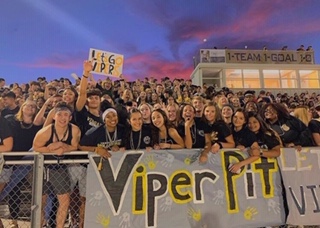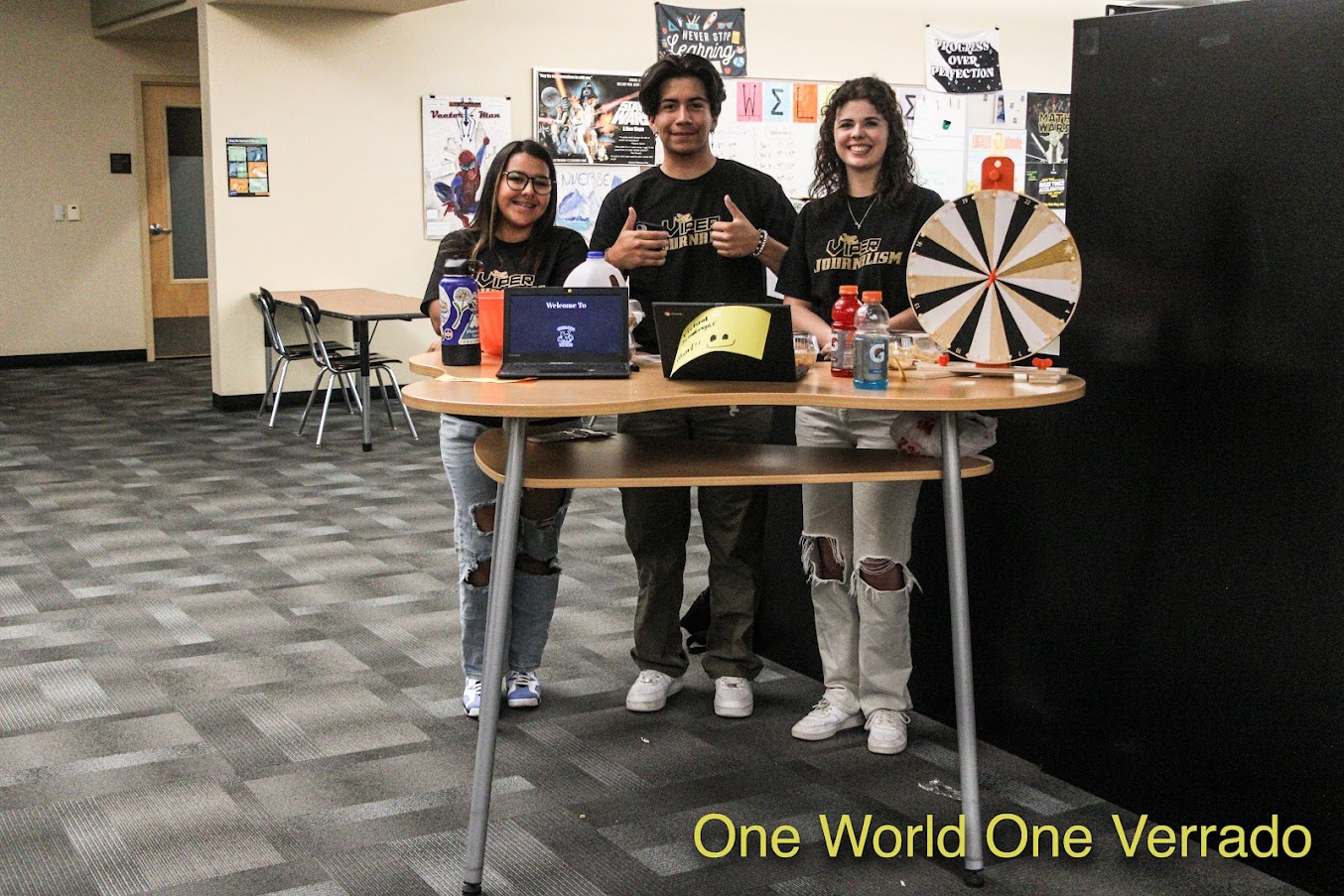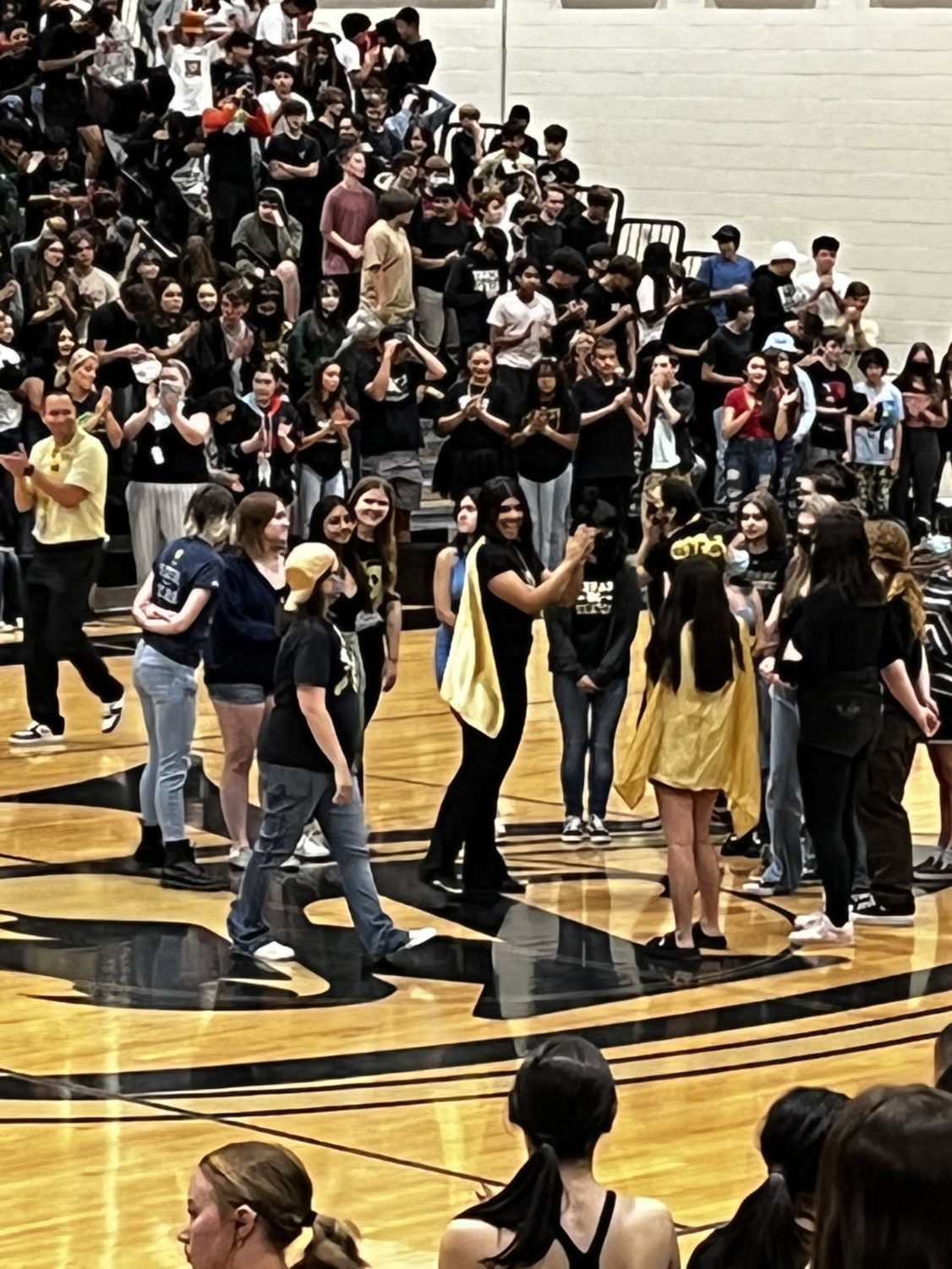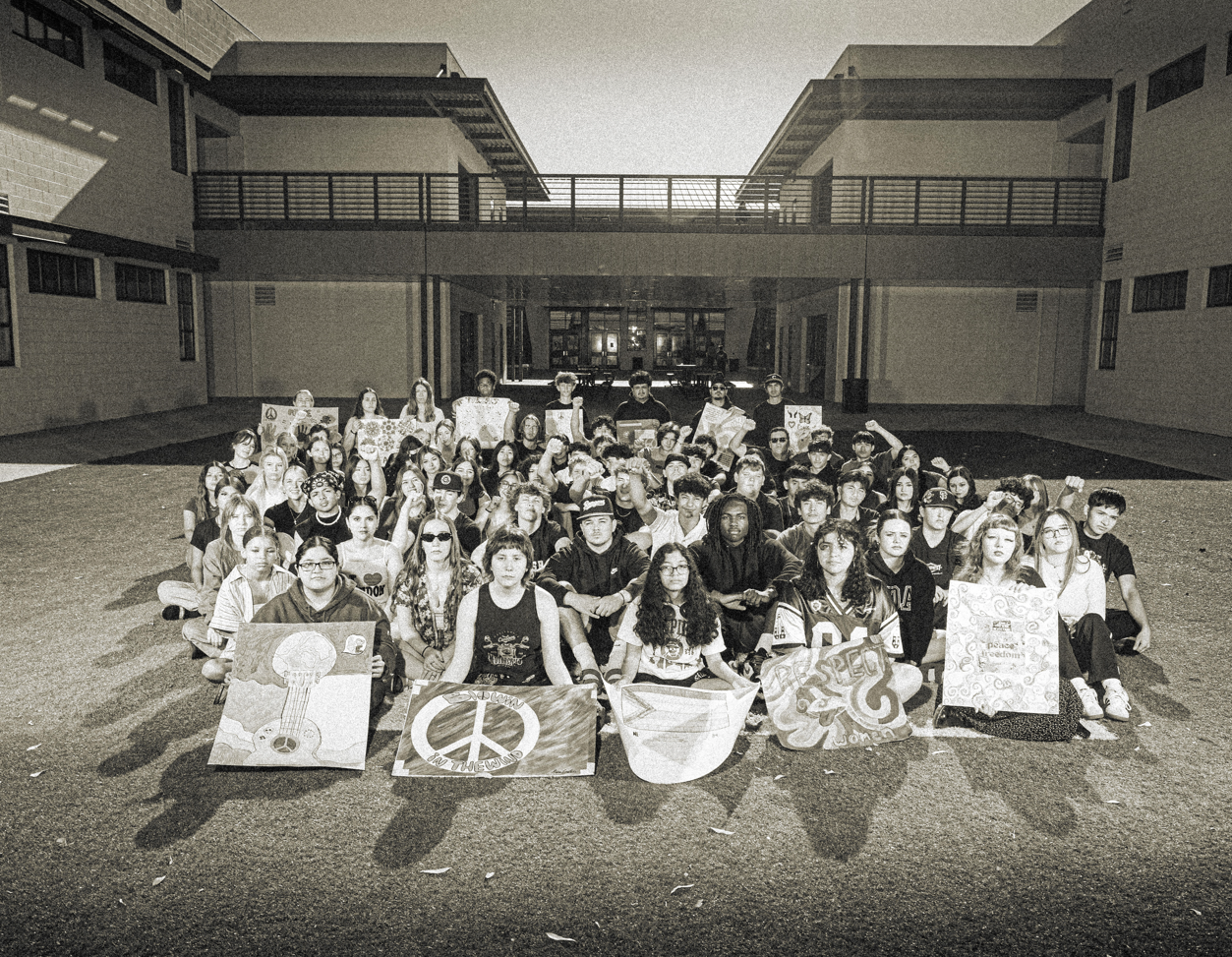Protest music isn’t just sound—it’s power. It’s a soundtrack to movements, a cry for justice, and a tool for change.
This year, for an AP Lang and English III project, students were challenged to explore how protest songs from the past still connect to real-world issues today. Through vibrant posters, deep research, and thoughtful presentations, it became clear that music can shift minds and shake systems.
Students not only get an opportunity to experience music from the past, but as English III teacher Esteban Holquin states, “They gain insight. They see that a lot of problems are not necessarily new and can find ways to try and correct them. They can realize that they have a voice in this world and learn how to use that voice.”
This journalist’s project, called “R-E-S-P-E-C-T for Everyone” is based on Aretha Franklin’s iconic anthem. Known as the Queen of Soul, Franklin wasn’t just a vocal powerhouse—she was a cultural force. Her song “Respect,” originally written by Otis Redding, became a feminist battle cry in the late 1960s and still stands as a bold demand for equality today.
Other classmates brought their voices to the table. Junior Mackenna Clark titled her project “In Search of Light,” inspired by Sam Cooke’s moving song “A Change is Gonna Come.” She explained why it spoke to her. “The title drew me in, and when I read the lyrics, I liked the message behind it and thought it would go well with my message.”
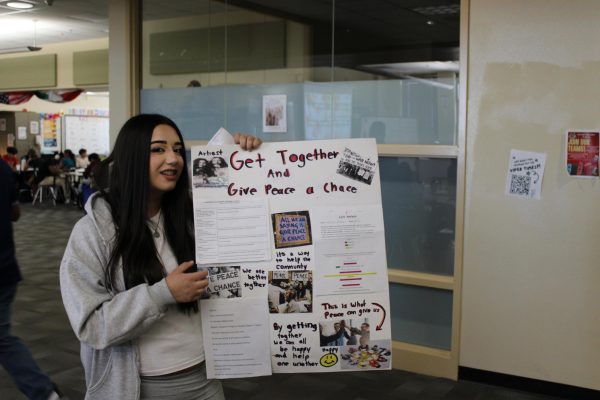
Mackenna’s project focused on immigration, specifically, the strength and hope that many immigrants carry with them when coming to America. She saw the connection clearly in the lyrics: “It’s been a long time, a long time coming, but I know a change gon’ come, oh yes it will.”
To represent this message visually, Mackenna included a monarch butterfly, a symbol of migration. “I thought it was a nice way of saying how migration can be beautiful,” she said. Her poster was filled with both color and compassion, drawing attention to real-world struggles and the need for empathy.
“I hope people see how we are all just people,” she added, “and to be kind.”
Other students tackled issues like climate change and war. One featured Bob Dylan’s “Blowin’ in the Wind” and created a stunning image of Earth wrapped in fire and water, held by large red hands. The artwork blended urgency with care, urging climate action now. Another used The Beatles’ “Revolution” to address peaceful protest in the face of global conflict.
All of these projects included lyrics, artist images, powerful symbolism, and real-world research. More importantly, they all came with a message: protest music doesn’t stay in the past—it continues to shape the future.
As Mackenna wisely put it, “Protest music makes a difference in today’s world because it’s a creative way of explaining messages and a unique way to get people to listen.”
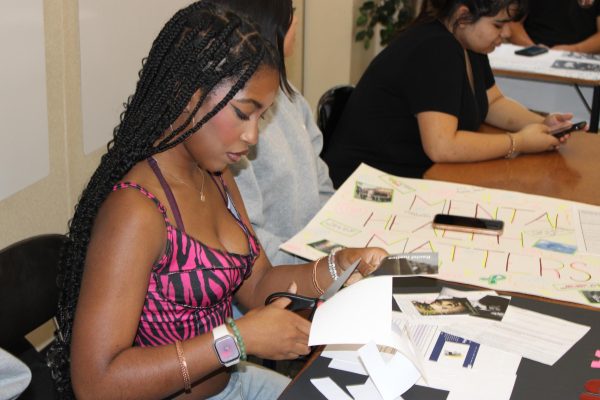
AP Lang teacher Angela Summers, one of the several teachers who assigned this project, extends this idea through a teacher’s point of view.
“This assignment is important to me because I feel like it’s important to learn about history and to learn how to be objective whenever you’re learning about something that can be somewhat controversial, especially like a protest against something, so that you can make an informed decision.
“You have to understand and recognize whenever someone is using rhetoric or something to try to persuade you with propaganda or music, whatever it is so that you can understand that they’re not necessarily trying to manipulate you, but they are trying to get you to think a certain way even if that’s not the way you want to think, and this is what that teaches.”
From gender equality to immigration, from peace to the planet, our classroom projects prove one thing: protest music still speaks. And with our voices behind it, it speaks even louder.
